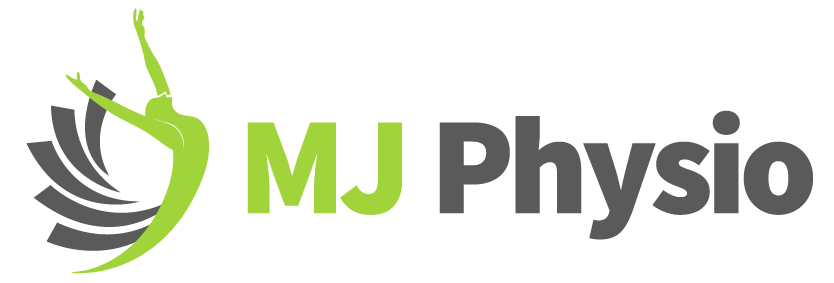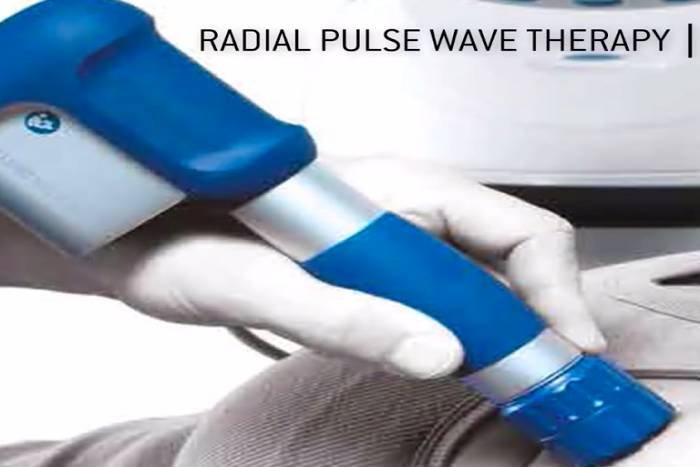Shockwave therapy is a technique used in physiotherapy, veterinary medicine, orthopedics, urology, and sports medicine. It helps in the restoration of mobility and provides instant relief. It helps in the speedy recovery of the patient even without the intake of pain killers.
The therapy involves the areas to be treated by mechanical shockwaves (not electric), which heals the tissues. As the body responds to these shockwaves by improving the circulation of blood in those areas which leads to quicker healing. These shockwaves lead to the breakdown of the injured tissues and eventually helps in the growth and development of the finer tissues.
Research suggests that there are two main advantages of the shockwave therapy over other programs: helps in way faster recovery and has negligible complications.
Advantages of Shockwave Therapy:
- No anesthesia
- Fast treatment: only 15 minutes per session (maximum of 4 sessions are required)
- Non-invasive
- Fewer complications
- No medication
- Proper result is seen 6-8 weeks after treatment
- No surgery
- No pain after treatment
How Shockwave Therapy works?
Shockwave comprises of a wave carrying high energy to the painful spots and injured tissues. This energy helps in the reparative procedure and regeneration of the tissues. Shockwaves have high amplitude, jump change in pressure, and non-periodicity. This energy is created by compressed air and passed on to the transmitter that is present at the other edge of the applicator and then to the tissue.
- The shockwave is applied to the tissue with the help of compressed air impulse that is exerted by a handpiece.
- The shockwave radiates out and extends to the affected area.
- Generally, 3 sessions are sufficient to heal the tissues.
- Each session nearly lasts for 10-15 minutes.
- Anaesthetic is not needed; one can be free to live well with their day to day activities. One should avoid pain provoking exercises for at least 2 days after the treatment.)
- Surgery or alternate therapy is not required; the treatment may start straight away.
Also See: Cardio Pysiotherapy
Medical Effects of Shockwave Therapy:
The high amplitude shockwaves have overall medical effects by healing the injured tissues, repairing the tissues, helping in cell growth and restoring the mobility.
Mentioned below are some effects of the shock wave therapy.
- New Blood Vessel Formation: The shockwave therapy helps in the formation of new blood vessels that help in providing oxygenated blood and nutrients to the affected area, which helps in effective treatment of the area.
- Substance P | Dispersion of Pain Mediator: The shockwave therapy decreases the concentration of the neurotransmitter called “Substance P” in the affected area. “Substance P” is a pain mediator, it increases the amount of pain in the area.
- Reversal of Chronic Inflammation: Chronic Inflammation results in the damage of healthy tissues as well. The shockwave therapy halts the inflammatory response
- Dissolution of Calcified Fibroblasts: As a result of tearing of the tissues, calcium starts to build up. The shockwave removes this calcium build-up, this is called decalcification and helps in repairing of the tendons.
- Release of Trigger Points: The discomfort in the shoulder, neck, limbs, and back are caused mainly due to trigger points. The waste is build-up due to these trigger points. The shockwave therapy eliminates the waste build-up that may have led to contractions and severe pain.
- Stimulation of Collagen Production: The production of enough quantity of collagen is important to repair the damaged ligamentous structures and myoskeletal structures. Procollagen synthesis is accelerated by shockwave therapy. The shockwave therapy forces the newly produced collagen fibers into a longitudinal structure which makes the newly formed tendon fibers dense and stiff that eventually creates a firm structure.
Also See: Lower Cross Syndrome
Indications that you should opt for Shockwave Therapy:
- Painful Shoulder
- Insertional Pain
- Jumper’s Knee
- Calcifications
- Medial Tibial Stress Syndrome
- Hip Pain
- Tennis Elbow
- Heel Spur
- Chronic Tendinopathy
Also See: Benefits of Physiotherapy
Treatment using Shockwave Therapy:
- Locating the area: The area is located precisely generally by palpations (touching the area with bare hands to ensure the affected area)
- Application of Gel: Gel is applied to the located area as this smoothens or lubricates the area and allows the waves to transfer efficiently.
- Initiation of the Therapy: The applicator is placed on the area; it is pushed slightly against the area; the start button is pressed and moved to cover the entire affected area.
Also See: Laser Therapy – Class 4
Success rate of Shockwave Therapy:
Research shows an overall result rate of 77% to 80% of chronic conditions that were not cured by other treatment had relief and elimination of their problem after opting for shockwave therapy.
It is necessary to indicate that one expects positive clinical outcomes immediately after the treatment; although, there is a possibility that the treatment may not improve the symptoms. But a review recommended after 12 weeks after the final treatment. But if the symptoms persist, you may be advised for surgery by the medical practitioner.
MJPhysio offers shockwave therapy in Vancouver, Surrey, and Fleetwood locations of British Columbia. Book your appointment today.




Post Comments
[…] Also Read: Shockwave Therapy […]
[…] Read: Radial Shockwave Therapy 5. Cardiorespiratory/pulmonary/vascular Physiotherapy Cardiovascular Physiotherapy can be […]